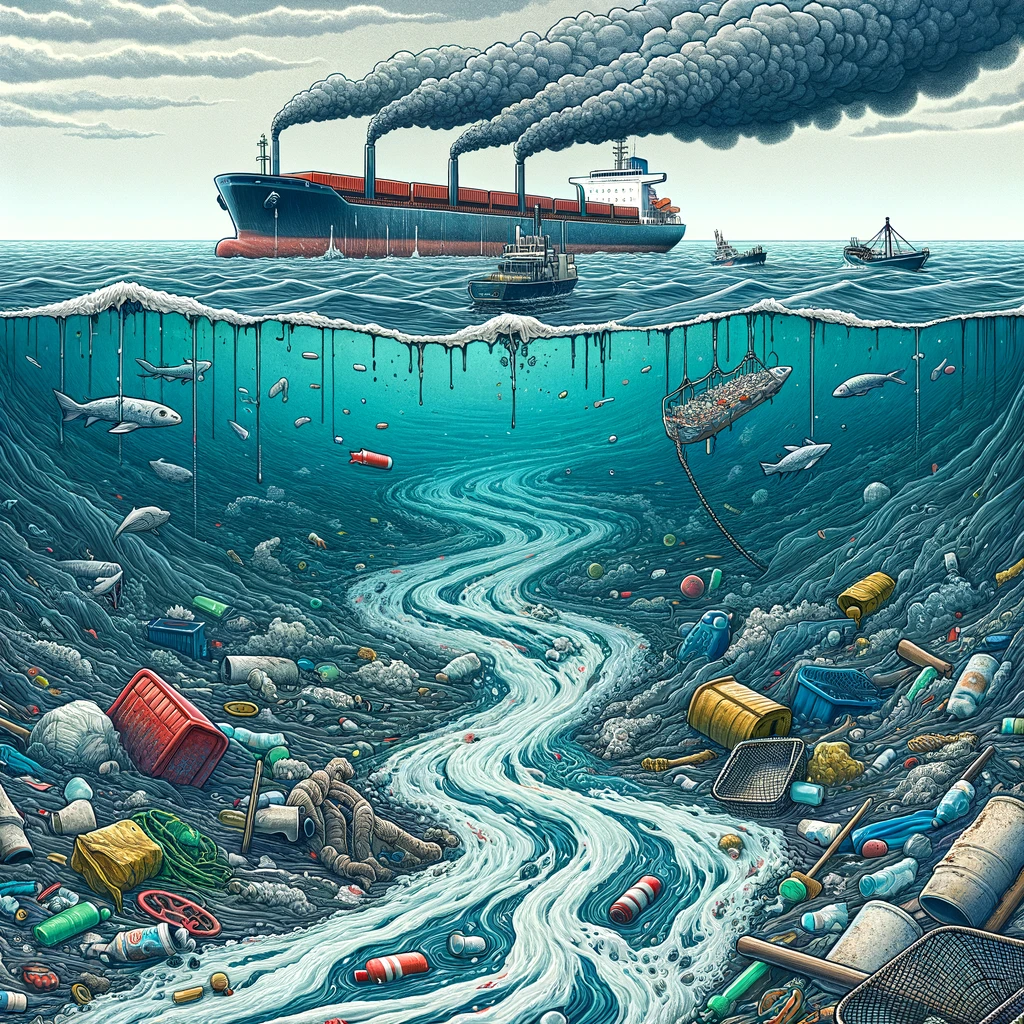Environmental Impact Assessment (EIA) is a critical legal procedure with the goal of identifying, predicting, evaluating, and mitigating potential environmental impacts of proposed projects before they gain approval or are put into action. EIA is particularly essential in ensuring that offshore activities, including oil and gas exploration, offshore wind farms, and renewable energy systems, are conducted in an environmentally responsible and sustainable manner.

The regulation of EIA for offshore activities varies from one region to another, shaped by different legal frameworks and international obligations. Nonetheless, there are common principles and steps in the EIA process:
- Screening: Determining whether a proposed project requires an EIA based on factors such as its type, size, location, and potential impacts.
- Scoping: Defining the scope and level of detail of the EIA, including what environmental aspects to address, establishing baseline conditions, considering alternatives, methods, data sources, and involving stakeholders.
- Impact Assessment: Identifying and assessing significant environmental effects of the project and alternatives, including direct, indirect, cumulative, and transboundary impacts, and suggesting mitigation measures.
- Reporting: Creating an EIA report that presents the findings in a clear, evidence-backed manner.
- Review: An independent authority or expert panel assesses the quality and adequacy of the EIA report, checking for legal compliance, standards adherence, accuracy, and completeness.
- Decision-Making: A decision is made on project approval or rejection, considering the EIA report, relevant information, environmental, social, economic factors, public opinions, and comments.
- Monitoring: Ongoing monitoring during construction, operation, and decommissioning phases ensures project implementation aligns with environmental conditions and obligations, and assesses the effectiveness of mitigation measures.
The legal framework for conducting EIAs for offshore activities varies depending on the location, nature, and scale of the project. In general, there are three main sources of EIA obligations for offshore activities: national legislation, regional agreements, and international conventions. National legislation: Most countries have their own national laws and regulations that require EIAs for certain types of offshore activities within their jurisdiction. For example, in the UK, the Offshore Oil and Gas Exploration, Production, Unloading, and Storage (Environmental Impact Assessment) Regulations 2020 set out the procedures and requirements for EIAs for offshore oil and gas projects in the UK continental shelf. These regulations implement the EU Directive 2011/92/EU on the assessment of the effects of certain public and private projects on the environment (the EIA Directive), which applies to offshore projects in EU waters.
EIA for offshore activities is a complex endeavor, necessitating multidisciplinary expertise, stakeholder engagement, robust data, transparency, and accountability. It also presents opportunities to enhance environmental awareness, public participation, cross-sectoral coordination, and transboundary cooperation.
EIA contributes to achieving environmental objectives like the European Green Deal, EU Biodiversity Strategy for 2030, EU Strategy on Offshore Renewable Energy, and international commitments such as the Paris Agreement and 2030 Sustainable Development Goals.
From a legal perspective, the implementation of Environmental Impact Assessment (EIA) for offshore activities is deeply intertwined with national legislation, regional regulations, and international agreements.
Each jurisdiction may have specific statutes dictating the requirements and procedures for conducting EIAs, reflecting its commitment to environmental protection and sustainable development. The legal framework often outlines the roles and responsibilities of relevant authorities, establishes penalties for non-compliance, and ensures the enforceability of mitigation measures.
Furthermore, adherence to international conventions and treaties further underscores the global nature of environmental challenges, necessitating cooperation and standardized approaches in the assessment and management of offshore projects. The legal foundation of EIA serves as a crucial instrument in aligning development initiatives with overarching environmental and societal goals.
